Statements made by the government explicitly claim that the Royal Navy is growing, but are those claims accurate?
Many ministers, press releases, official statements and the like over the last year or two have been found to contain the phrase “a growing Royal Navy”.
Former Defence Secretary Fallon was always especially keen to stress that the Royal Navy was growing:
“Britain’s new carriers, frigates, aircraft and submarines begin a new era for the UK, providing unprecedented firepower. We are investing billions in growing the Royal Navy for the first time in a generation – 2017 is the start of a new era of maritime power, projecting Britain’s influence globally and delivering security at home.”
This isn’t true according to the the UK Armed Forces Equipment and Formations document released by the Government detailing statistics on vessels, land equipment and aircraft of the armed forces. It states:
“At 1 April 2017 there were 73 vessels in the UK Armed Forces: 64 vessels in the Royal Navy and nine in the Royal Fleet Auxiliary (RFA). This is a reduction of three vessels since 2016 following the withdrawal of three RFA vessels: two Small Fleet Tankers and one Forward Repair Ship (RFA Diligence).
Patrol Ships (18 Inshore and four Offshore) make up the largest proportion of Royal Navy vessels, with 22, as shown in Chart 1 below.
The total number of Destroyers and Frigates (19) as at 1 April 2017 are also in line with SDSR Joint Force 2025 commitments.”
Ministers also often spoke in Parliament of “a growing Royal Navy” but official figures appear to disagree with those claims. According to the the UK Armed Forces Equipment and Formations document released by the Government detailing statistics on vessels, land equipment and aircraft of the armed forces. It states:
“At 1 April 2017 there were 73 vessels in the UK Armed Forces: 64 vessels in the Royal Navy and nine in the Royal Fleet Auxiliary (RFA). This is a reduction of three vessels since 2016 following the withdrawal of three RFA vessels: two Small Fleet Tankers and one Forward Repair Ship (RFA Diligence).“
It gets a little muddier though as Guto Bebb, Parliamentary Under-Secretary of State for Defence, recently responded to a written question in Parliament, outlining the fleet size.
“Based on the records held, the number of Royal Navy and Royal Fleet Auxiliarysurface vessels in each of the last five years was:
| Year | Number of Vessels |
| 2013 | 78 |
| 2014 | 77 |
| 2015 | 75 |
| 2016 | 73 |
| 2017 | 72 |
This would appear to show a sharp decrease in hulls since 2013 and in the period when claims of “a growing Royal Navy” were shouted from the rooftops however Bebb added that current planning will see the number of hulls in the fleet increase:
“On current planning assumptions the number of Royal Navy and Royal Fleet Auxiliary surface vessels in the next five years is:
| Year | Number of Vessels |
| 2018 | 76 |
| 2019 | 76 |
| 2020 | 77 |
| 2021 | 77 |
| 2022 | 77 |
All this does however is highlight that the fleet size is only playing catch-up with where it was five years ago and even then, isn’t going to surpass the 2013 figure.
Mark Lancaster, Minister of State at the Ministry of Defence, said:
“For the first time in a generation, the Royal Navy is actually growing. It grew in manpower last year and will continue to grow over the next couple of years, and not just in manpower—the size of its surface fleet is also growing. The latest of the offshore patrol vessels arrived in Portsmouth only this weekend.”
According to the Defence Select Committee, the UK has a “woefully low” number of vessels. Chair of the committee Dr Julian Lewis advised earlier in the year that the Government risked leaving the country with fewer than 19 frigates and destroyers.
“The United Kingdom will then lack the maritime strength to deal with the threats we face right now, let alone in the future. We are putting the MoD on notice that it must not let this happen.”
Additionally, Sir John Parker the author of an independent report on the National Shipbuilding Strategy, has indicated that the frigate fleet will fall below 13 frigates unless the Type 31 Frigate build starts soon, something that appears unlikely for a project described by a minister as still in “early pre-concept phase” with no design having yet been chosen.
Julian Lewis asked during a Defence Select Committee session on the National Shipbuilding Strategy:
“So what you are saying—and this is a critical point—is that unless we start building the Type 31e frigates in parallel with the Type 26s, there is little chance of not reducing below our existing figure of 13 frigates all told. That, I must say, fits in with the projections I have seen and it follows from that, therefore, that we have to consider the best way of building two classes of frigates in parallel, rather than in succession.”
Sir John Parker responded with one word:
“Correct.”
In conclusion, the Royal Navy technically is growing if you can only remember as far back as a couple of years ago but it should be noted that the numbers are playing catch up to where they were five years ago and aren’t going to exceed the 2013 fleet size.
The Royal Navy, overall, has shrunk in the last five years.




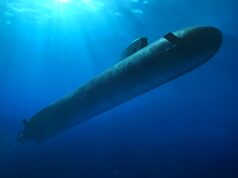
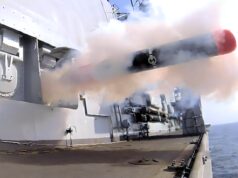

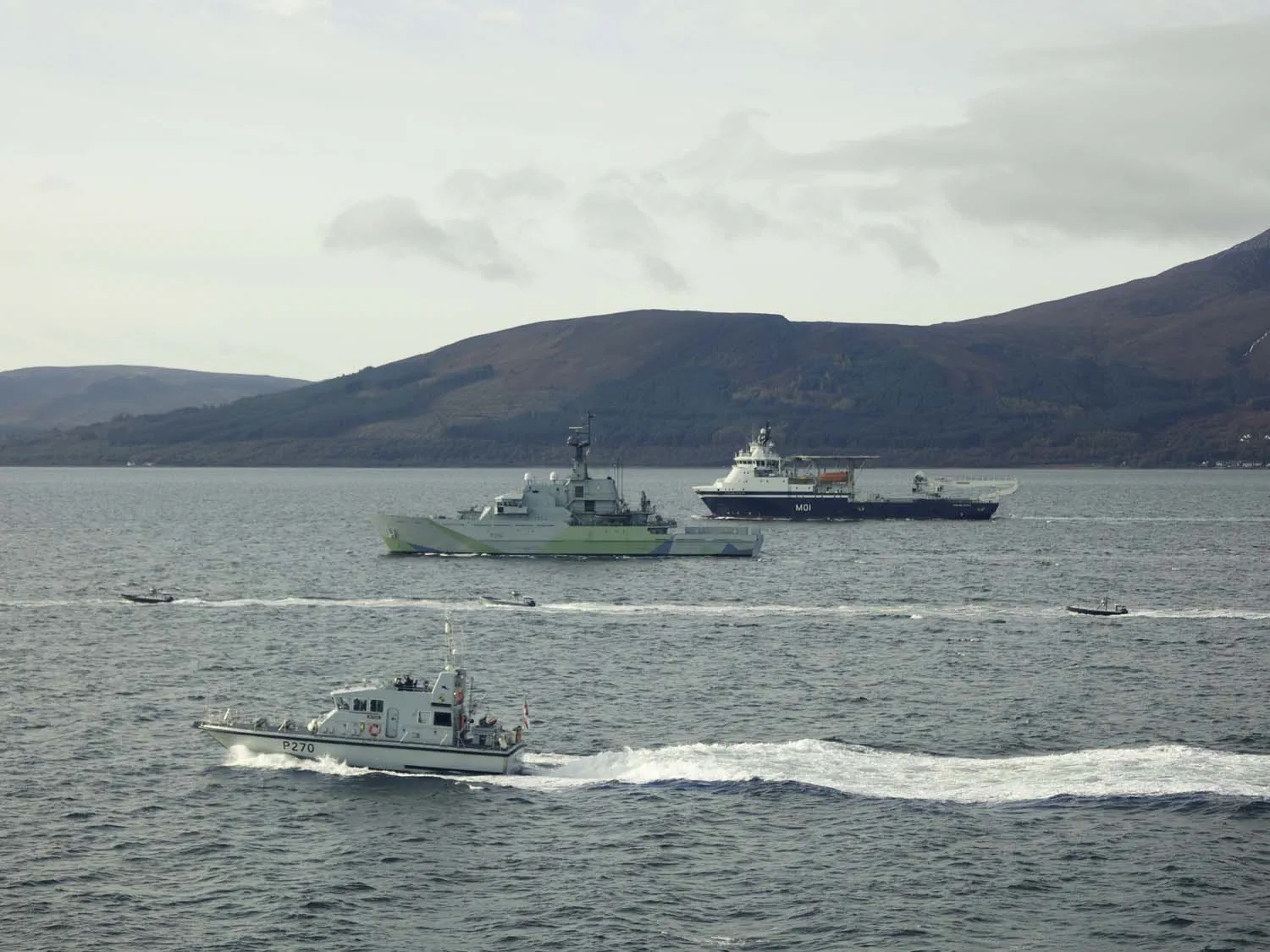
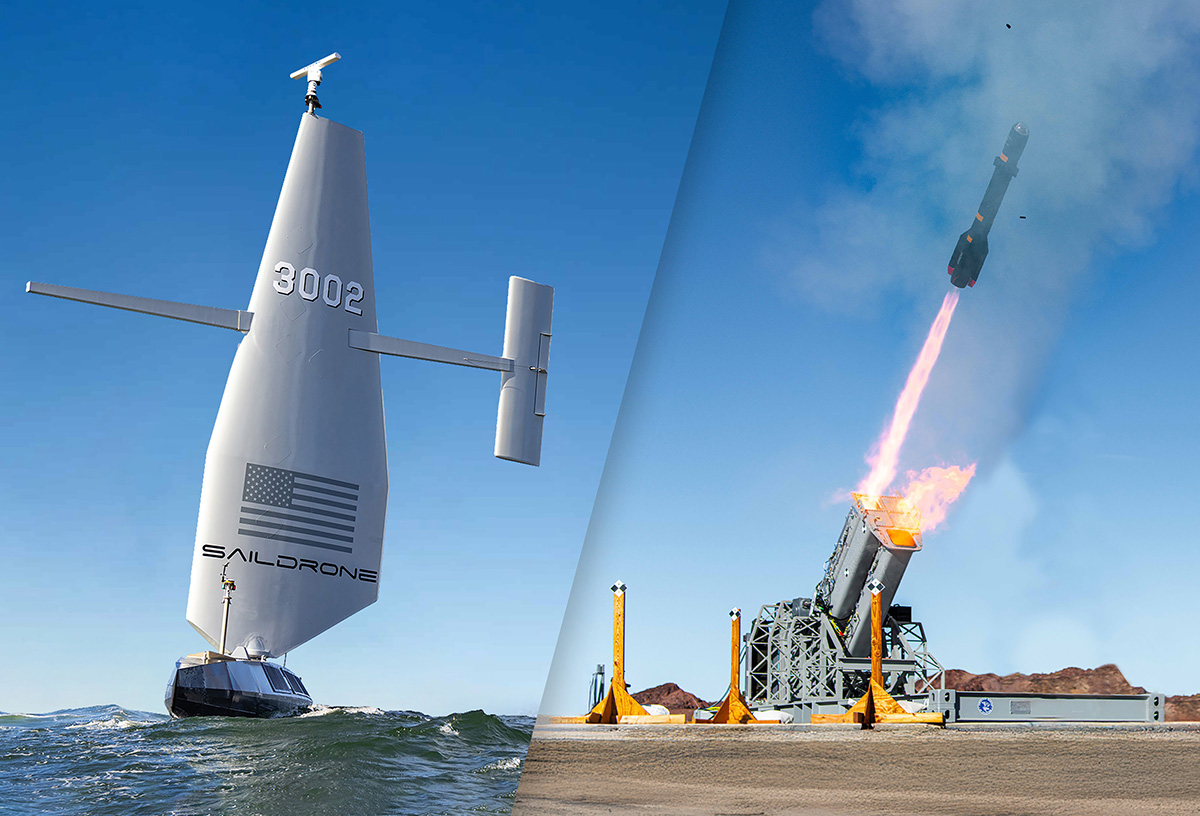
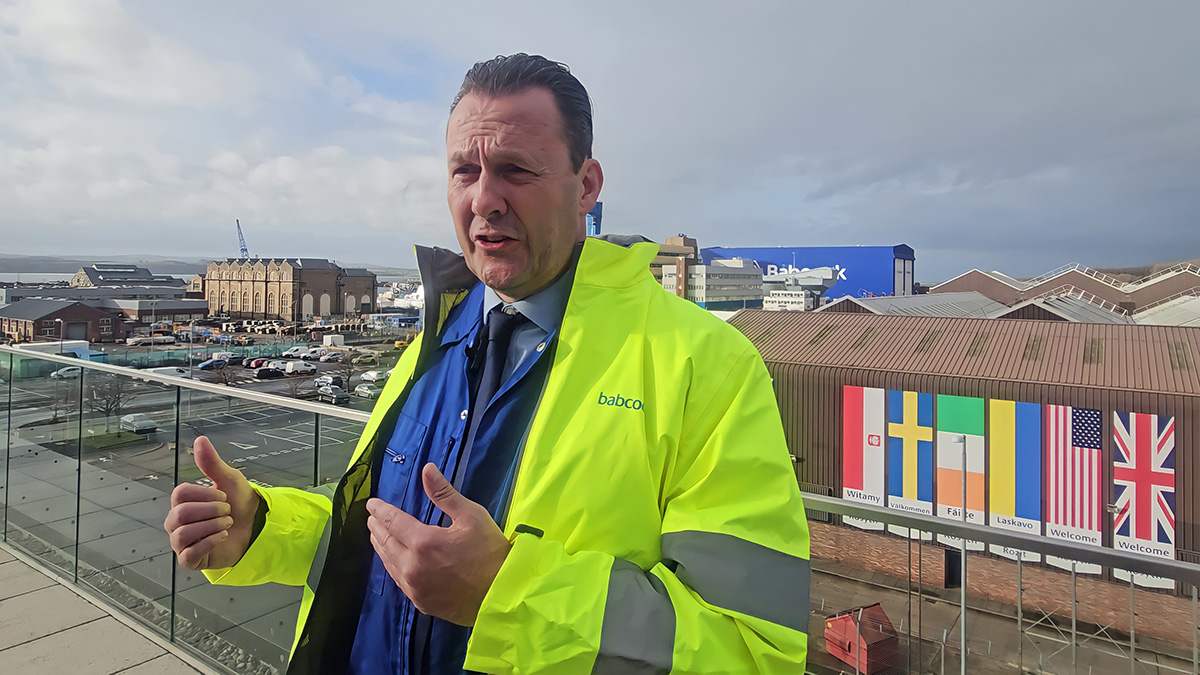
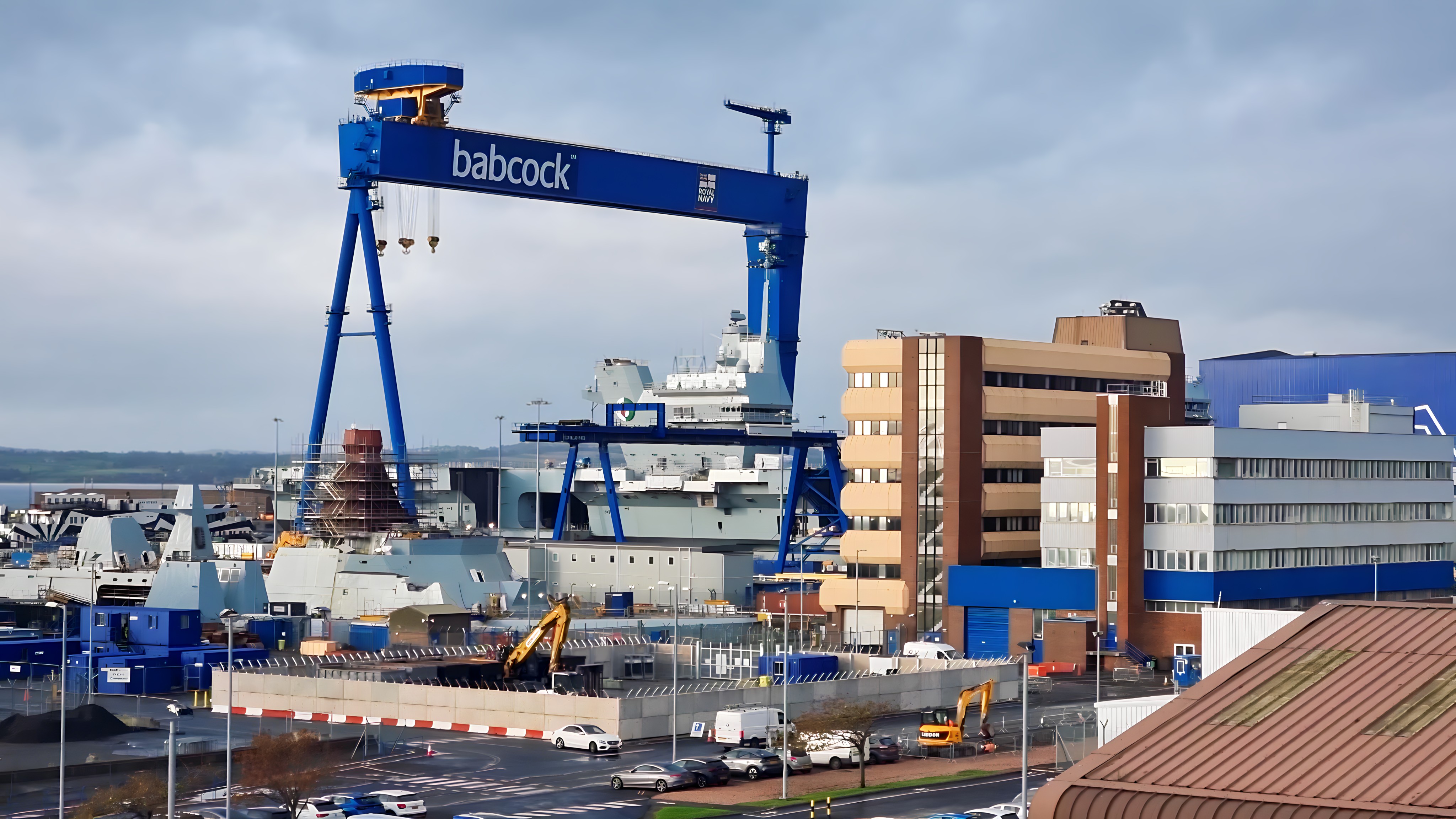
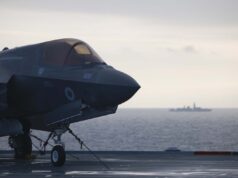
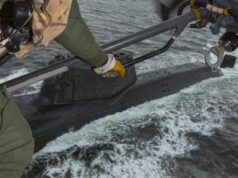

A timely reminder – as is the article on Save the Royal Navy following similar lines.
All forces are in a precarious position with key “capability gaps” across all.
I believe the budget is adequate if allocated properly, my issue is that I don’t believe the budget is the amount stated and also there is too much waste.
Morale is at an all time low and our kit whilst good overall – lacks cutting edge and is aged in a lot of significant areas. The planning horizons for all services is too short and not enough focus is brought to bare when things go wrong (a year in the real world is like 5 in the MOD).
I have looked at loads of documents on the mythical £178bn defence equipment spend and it seems that the majority of this is spent on infrastructure and maintenance, and not new equipment. This is misleading and disingenuous. If we are spending an aver £18bn per year on kit then where is the kit to show for this.
I don’t see what the issue is. 2 small fleet tankers are currently being replaced by 4 Tide Class, 4 opvs will be replaced by 5, 3 of 8 T26 build started, 5x T31 order soon to be placed, 1 helicopter carrier replaced by 2 Aircraft carriers, T23 life extension programme well underway, Fleet air arm helicopters either new (wildcat) or being upgraded (merlin), new 5th gen fixed wing currently being developed, and many new missile and autonomous systems developments. A lot of money being spent, a lot of professionals working hard and a lot of good defence materialising – not bad for a small island nation …
ships should be designed and built with longer in service, projected. if the new carriers can be expected to serve 50 years, then why not all navy ships?
Because the size of the hull will determine the life expectancy. That is why smaller vessels are replaced on a more regular basis.
build quality and design are more important. than hull size.
I think I mentioned this before.
In political spin speak the RN is growing…
They will say that we have more tonnage than before so it has grown.
Less hulls yes…but what there is is heavier…
who wrote that for you? we won’t be fooled by stats like that.
The t31e project should proceed at the fastest rate of knots possible.
I will go even further it should be the RNs top priority in the short term.
And further still reduce the t26 order to six hulls and increase the t31 order to ten.
Not an ideal solution to our defence needs, but then we don’t live in an ideal world.
ASW is core defence capability we need so I wouldn’t be doing anything with the T-26s
Agreed, for all of the complaints about anti ship missiles etc submarines will always be the primary anti ship arsenal of any navy. People forget to easily the risk they pose because no one has engaged in a naval war for decades. If Argentina had a fleet of 6 high quality subs in the South Atlantic with well trained crews in 1982 the UK fleet would not have gone near the Falklands. Why they even tried to defend that South Georgia Island is beyond me.
That’s why we retain 6 ASW dedicated frigates costing around £900m each.
If you can point to some analysis which says the minimum required is 8 and anything less will undermine our defence strategy then I would be grateful.
Eight is the number the navy says is needed to support carrier strike and the deterrent fleet, we would struggle with six hulls. The FSL mentioned this at the Type 26 steel cutting ceremony and I would suggest it has been the case for some time and that is why there are only eight Type 23s with sonar 2087. I could be wrong about that but the fact that we didn’t keep the sonar 2031Z active on the five Type 23s that didn’t get sonar 2087 suggests it was a decision driven by operational requirements and not budget.
This is the same navy that said it needed 12 T45s to replace 15 T42s?
To be honest I don’t think they know what the minimum quantities to fulfil the defence strategy.
Their is a limited pot of money and the navy must decide which mix of options best delivers a viable force.
I agree that the T31e needs to be a top priority for the MOD and a design should be picked, matured and steel cut by Q1 2019. But I wouldn’t cut the T26 order to 6, they’re going to be far more capable that the T31es and will give a proper strike package and anti-sub to the surface fleet with the Mark 41 VLS and embarked Merlin anti sub helicopter.
I’d be very surprised if the T31es get a Mark 41 VLS added; they’ll probably have a 76mm gun, two 30mm guns, sea ceptor (recycled from a T23) and hopefully a NSM system for anti-ship with an embarked Lynx Wildcat helicopter. Still a decently armed ship, but won’t have the punch a T26 can give the fleet.
I agree. The UK budget for these ships is unlikely to be able to support Mk41. Your spec sounds about right and achievable given the budget available. T31e must be able to take Mk41 for the export market but I honestly can’t see the MoD putting up the cost for the RN variants. I just hope the VLS silo on the RN T31 isn’t some token gesture such as 16 tubes and also ideally is sized for CAMM-ER, not only to allow it to contribute to wider area defence if required but that would also allow some more development headroom for other soft launch missiles in the future.
I would hope we can get MK41 vls included for £250 million. The system is not nearly as expensive as people think (around £30 million for 2 x 8 cell strike length modules and the associated fire control software) and as we are ordering for Type 26 anyway so should be able to get a good price. There is probably some further integration costs to RN service but we will have these for Type 26 regardless. Apart from the main gun system everything else is recycled. Enough equipment is available to give five Type 31e Artisan, Sea Ceptor, decoys, miniguns, GPMGs, navigational radars, sonar Type 2050 all at almost zero cost. If another £50 million (approx) is spent on MK41 and a 5 inch gun it still leaves £190 million for a 4000 tonne hull with deisel engines and a range of around 6500-7000nm. That doesn’t seem far fetched when compared to Babcocks latest efforts the Samuel Beckett class. The ships can be FFBNW deck launched ASMs which will come later when we buy LRASM (hopefully).
The best possible design of Type 31 to the fore and aim for ten quickly. Reserve the six Type 26 for the carrier groups, may be adding the other two at the end? The navy needs modern hulls for a range of duties as a priority.
Why do you keep saying 6 type 26s? Has something changed from the 8?
Hello Ben
I’ve only said it once and I think your reading my comments out of context. See my other post.
geoffrey james roach want to explain why my posts are now moderated. I replied to your petty back biting and I see you cried foul play. Nice going lightweight.
who wrote that for you? we won’t be fooled by stats like that. if we can spend billions on two carriers there is no excuse for th active number of front line warships we have. these ships shouldhavebeen being built in tandem with q.e and p.o.w
What can you expect when the FSL confirms the RN has 30 ships on duty and does not stand up to Fallon in public allowing him to spout his rubbish the top and bottom of it is Defence is not a priority
to any political party.
TH-what are we going to do about this disaster? Despite the fact that those who comment in the UKDJ are in the main, knowledgeable people from a broad spectrum of defence backgrounds, the short answer is-precious little. It is as though”we” on these forums and “they”-Fallon and Co., inhabit two parallel universes. The problems are self evident to anyone of reasonable intelligence but “they” won’t even acknowledge them let alone do anything about them!
..and of course “we” are basically powerless to do anything.
Its getting a lot more modern .. No good a load of old ships
We don’t always agree but this time TH has got it right. Take his advice but be positive, come up with some ideas. I’ve worked with enough politicians to know that they MAY respond to this but slagging them off will shut them down completely. We may achieve absolutely nothing but it’s better than doing nothing until the review is over so that we can sit back and moan about it.
T31e is years off. T26 is a highly capable hull and a frozen design. Surely this, with more limited capabilities and built at different yards is the most cost effective solution going forward? Even before we look at cross training costs?
I think that’s the point John. If we can start the type 31 build elsewhere and within reason within company design criteria we could both at the same time. A retired Type 23 could release personnel for 2 or 3 Type 31’s
Well, to play devil’a advocate… The return of strike carriers (two of them) with F35s and large numbers of helicopters is indicative of a navy growing in capability. New, first rate attack submarines are also a welcome addition. New Type 26 and Type 31 frigates won’t increase overall escort hull numbers but they will refresh the fleet with new hills. I’m hoping that all of them will include Mk41 launchers that will facilitate the deployment of tomahawks from surface vessels as well as new systems like ASROC, LRASM and SM-6. These weapons are not funded but the fact that we will have escorts to host them is a huge plus. Add new fast tankers, new OPVs and new ballistic missile submarines. In short, there is a greater degree of modernization taking place in the Royal Navy than in any other navy. It is reasonable to say that the Royal Navy’s capabilities are growing.
Thank you Nick
Your comments are factually accurate but miss the point. It would be truly scandalous if 30 year old ships were not replaced by new ships with superior capability. Numbers are a crude judge but they are what the politicians are using and they’re not true.
I think the revised plan would be pretty easy to guess, it would be strapping the Type 31 all together and building more OPV’s.
Considering they are going down the route of fitted for but not with requirements for the more expensive weapons, i can’t see it not being possible to build domestically within the price, whether the ship will be a credible war fighter due to cuts in offensive / defensive abilities only time will tell.
The next Type 26 is to be named tomorrow, but why was there no attempt to promote public awareness by having a national vote? Give a choice from 12 city names, and announce the most popular 7 to follow Glasgow. This could even have been done with Prince of Wales, which would surely now be Ark Royal given the choice! All it would take is some promotion, perhaps on the evening news, and a bit of organising to collate the results via text/Twitter/email etc
Oh no, no Steve, don’t let the great unwashed vote on anything to do with naming warships, let’s not forget “boaty Mac boat face” , let the sheeple vote and we will have HMS Wayne Rooney or some other ignorant dum witted celebrity.
Would love to have seen Ark Royal and Eagle for the Carriers though!
That’s exactly why you specify a list of names to vote on! Maybe nobody would bother but, you never know, it might take off.
Er..my MP is Emily Thornberry….any better ideas? Wrote to her twice regarding a local issue without even benefit of a reply!
Sorry mate. We all have cross to bear but your!!!
Probably couldn’t read it mate…try shorter words!
I corresponded with the minister of defence procurement by email to lobby for a reversion to the F35B from the F35C. That worked.
I wrote to my MP and the defence secretary about scrapping of Harpoon and the folly of inadequate frigate and destroyer numbers.
result Harpoon retrieved, now lets see if they will build enough frigates 8 type 26 and first batch of 5x type 31es concurrent build.
followed by another batch order of 5 type 31es in 2025-2026 for delivery 1 per year until 2033-2035 that would be great. We need long-term investment in shipbuilding in the uk.
I’m afraid that I don’t see that there is a problem: 3 of 8 T26 ordered; 5 T31 soon to be tendered; 1 helicopter carry being replaced by 2 aircraft carriers; 4 opv being replaced by 5; 2x small supply ships being replaced by 4 Tide class; numerous autonomous systems and missile developments at various stages; T23 life extension programme well underway; new Astute class (boat 4 Audacious soon to be commissioned) etc … plus a shipbuilding strategy and we’re part of NATO – not bad for a small island …
and never has been good old winston churchill started the rot with his ammendment to the 1889 naval defence act which stated that the r.n should be maintained higher or equal to the combined forces of the next two nations in sea power which today would be japan and south korea, my m.p. jeremy leffroy, confirms that this act is still on the statute and has never been formally removed from national policy.
demand that parliament enshrines the 1884 naval defence act(google it)we’d be as big as the u.s.n and bring back national service.
[…] The British Royal Navy isn’t growing, […]